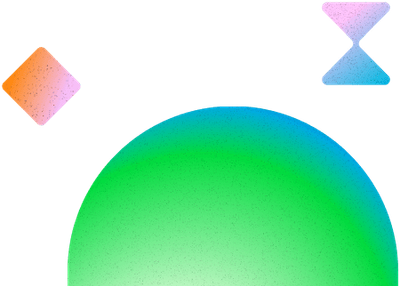add
add( child:[Tween | Timeline | Label | Callback | Array], position:[Number | String | Label] ) : self
[override] Adds a tween, timeline, callback, or label (or an array of them) to the timeline.
Parameters
child: [Tween | Timeline | Label | Callback | Array]
The tween, timeline, callback, or label (or array of them) to add
position: [Number | String | Label]
(default =
"+=0") - controls the insertion point in the timeline (by default, it's the end of the timeline). See options below, or the Position Parameter article which has interactive timeline visualizations and a video. If you define a label that doesn't exist yet, it will automatically be added to the end of the timeline
Returns : self
self (makes chaining easier)
Details
Adds a tween, timeline, callback, or label (or an array of them) to the timeline.
Positioning animations in a timeline
By default, animations are added to the end of the timeline so that they're sequenced one-after-the-other but you can use the position parameter to control precisely where things are placed. It uses a flexible syntax with the following options:
Absolute time (in seconds) measured from the start of the timeline, as a number like
3// insert exactly 3 seconds from the start of the timeline
tl.add(animation, 3);Label, like
"someLabel". If the label doesn't exist, it'll be added to the end of the timeline.// insert at the "someLabel" label
tl.add(animation, "someLabel");"<"The start of previous animation**. Think of<as a pointer back to the start of the previous animation.// insert at the START of the previous animation
tl.add(animation, "<");">"- The end of the previous animation**. Think of>as a pointer to the end of the previous animation.// insert at the END of the previous animation
tl.add(animation, ">");A complex string where
"+="and"-="prefixes indicate relative values. When a number follows"<"or">", it is interpreted as relative so"<2"is the same as"<+=2". Examples:"+=1"- 1 second past the end of the timeline (creates a gap)"-=1"- 1 second before the end of the timeline (overlaps)"myLabel+=2"- 2 seconds past the label"myLabel""<+=3"- 3 seconds past the start of the previous animation"<3"- same as"<+=3"(see above) ("+="is implied when following"<"or">")">-0.5"- 0.5 seconds before the end of the previous animation. It's like saying "the end of the previous animation plus -0.5"
A complex string based on a percentage. When immediately following a
"+="or"-="prefix, the percentage is based on total duration of the animation being inserted. When immediately following"<"or">", it's based on the total duration of the previous animation. Note: total duration includes repeats/yoyos. Examples:"-=25%"- overlap with the end of the timeline by 25% of the inserting animation's total duration"+=50%"- beyond the end of the timeline by 50% of the inserting animation's total duration, creating a gap"<25%"- 25% into the previous animation (from its start). Same as">-75%"which is negative 75% from the end of the previous animation."<+=25%"- 25% of the inserting animation's total duration past the start of the previous animation. Different than"<25%"whose percentage is based on the previous animation's total duration whereas anything immediately following"+="or"-="is based on the inserting animation's total duration."myLabel+=30%"- 30% of the inserting animation's total duration past the label"myLabel".
*Percentage-based values were added in GSAP 3.7.0
**The "previous animation" refers to the most recently-inserted animation, not necessarily the animation that is closest to the end of the timeline.
Position Parameter Interactive Demo
loading...
Be sure to read our tutorial Understanding the Position Parameter which includes interactive timeline visualizations and a video.
